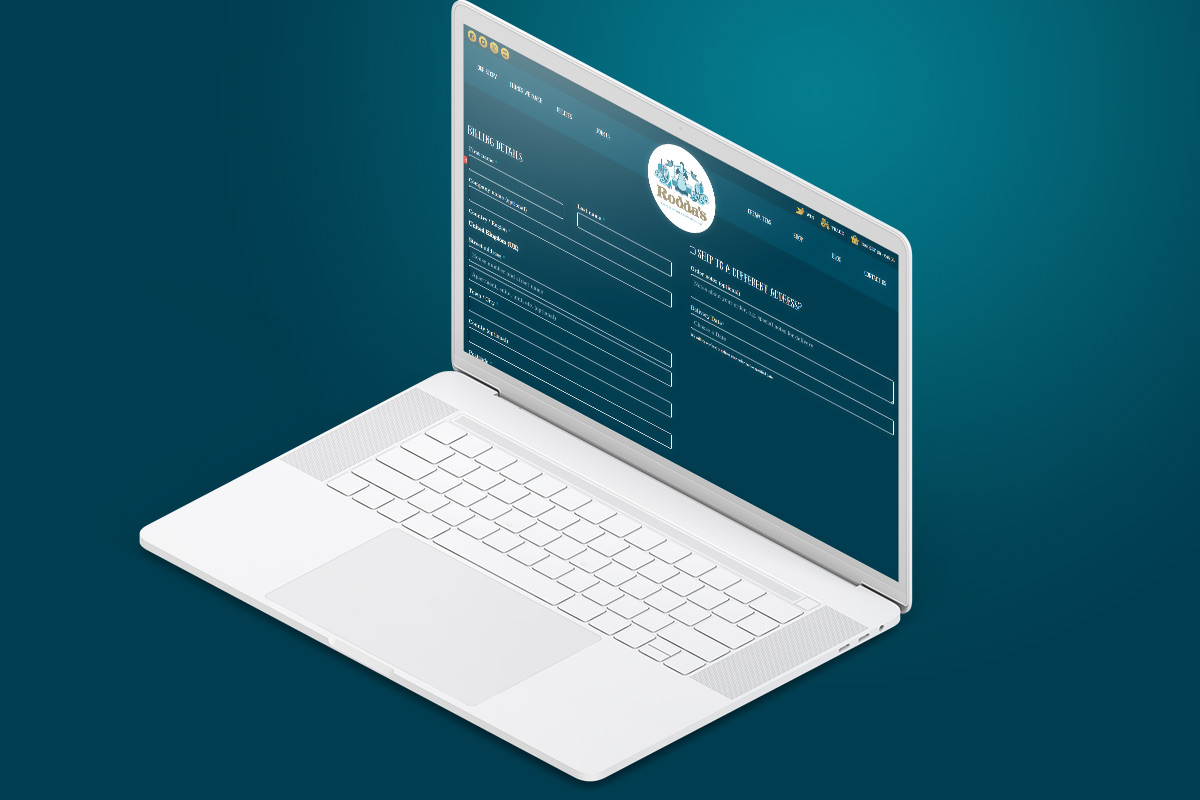In the fast-paced world of e-commerce, providing customers with a seamless checkout experience is paramount to achieving success. A smooth and hassle-free checkout process not only enhances customer satisfaction but also boosts conversion rates and encourages repeat purchases.
The average cart abandonment rate for e-commerce websites sits at almost 70%. We must take into account that many consumers abandon a cart simply because they were not ready to buy. However, there are many factors outside of this that can cause users to leave the checkout without completing a purchase. This blog post will explore some of the most common reasons for cart abandonment, before delving into the best practices for creating a seamless checkout experience in your e-commerce store. By implementing these strategies, you can streamline the buying journey and maximise customer satisfaction.
What Are the Most Common Reasons for Checkout Abandonment?
As above, it’s common for consumers to spend time browsing different e-commerce sites/product options and evaluating costs when they aren’t yet ready to make a purchase. In fact, in a study of US consumers, 58% said they left the checkout because they were “just browsing”. When this is taken out of the equation, the following are the most common justifications for checkout abandonment:
- Long, drawn-out forms with unnecessary form fields
- Poor user experience
- No guest checkout option
- Unexpected extra costs (e.g. delivery charges)
- Unsatisfactory payment options
- Security concerns
- Long delivery timeframes or no indication of delivery speed
Best Practices for a Seamless Checkout Experience
Streamline the Checkout Process
The first step in creating a seamless checkout experience is to simplify the entire process. Eliminate unnecessary steps and minimise the number of form fields customers need to fill out. Implement autofill functionality to save customers’ time and effort.
Include Progress Indicators and Clear Calls-to-Action
Implement progress indicators and clearly labelled steps during the checkout process. This provides customers with a sense of control and helps them understand how much more information they need to provide. Additionally, use compelling and action-oriented copy for your call-to-action buttons, such as “Buy Now” or “Place Order,” to guide users through the process smoothly.
Offer Guest Checkout
Don’t force your customers to create an account to place an order. This is a common mistake made by e-commerce businesses in an effort to capture and hold as much customer data as possible. However, it is counter-intuitive as many users will abort the process if they are not able to check out as a guest. They may simply not want yet another username and password to remember; they might associate creating an account with having their details held by a company, or receiving unwanted marketing emails.
Allow guest checkout with the option to create a password to make an account, rather than asking them to create the account upfront. You can always offer an easy option to create an account after they’ve placed an order, which helps to streamline the process and allows the user time to consider the benefits of creating one.
Optimise for Mobile Devices
With the exponential growth of mobile commerce, it is crucial to optimise your checkout process for mobile devices. Ensure that your pages are responsive and mobile-friendly, with large, easy-to-tap buttons and simplified navigation. Mobile-optimised checkout forms will significantly reduce friction and improve conversion rates.
Display Clear and Transparent Pricing
Customers appreciate transparency when it comes to pricing. Clearly display product prices, shipping costs, taxes, and any additional fees upfront, preferably on the product page or in the cart. Avoid any surprises or hidden charges during the process, as this can lead to abandonment and a negative customer experience.
Offer Multiple Payment Options
Offer a variety of payment options to cater to different customer preferences. Besides traditional credit and debit card payments, consider integrating popular digital wallets like PayPal, Apple Pay, or Google Pay. Depending on your product or service, adding buy-now-pay-later or pay-in-three payment options, such as Klarna or Afterpay can also offer more flexibility to your customers.
Offering a range of payment options not only accommodates customer preferences but also helps reduce friction and encourages conversions.
Promote a Secure and Trustworthy Checkout
Security is of utmost importance in e-commerce transactions. Utilise SSL certificates and display trust badges prominently during the checkout process to assure customers that their personal and financial information is safe. Implementing robust security measures instils confidence in customers, enhancing their trust and willingness to complete their purchase.
Minimise Distractions
During the checkout process, it’s crucial to eliminate any distractions that may divert customers’ attention away from completing their purchase. Remove unnecessary navigation menus, banners, or pop-ups that could cause confusion or encourage users to abandon their cart. Keep the focus solely on the checkout process to maximise conversions.
Provide Real-time Order Confirmation & Updates
Send customers an immediate confirmation email once their order is placed successfully. Provide real-time updates on the status of their order, including delivery notifications and tracking. Proactive communication instils confidence and builds a positive post-purchase experience, increasing customer satisfaction and fostering long-term loyalty.
In Conclusion
Creating a seamless checkout experience is vital for e-commerce success. By streamlining the checkout process, optimising for mobile devices, offering clear pricing, multiple payment options, and ensuring security, you can provide a frictionless buying journey. Remember to incorporate progress indicators, clear calls-to-action, and minimise distractions. Lastly, maintain transparent post-purchase communication to solidify customer satisfaction and foster repeat business. By implementing these best practices, you can significantly enhance the checkout experience, boost conversion rates, and build a loyal customer base in the competitive e-commerce landscape
